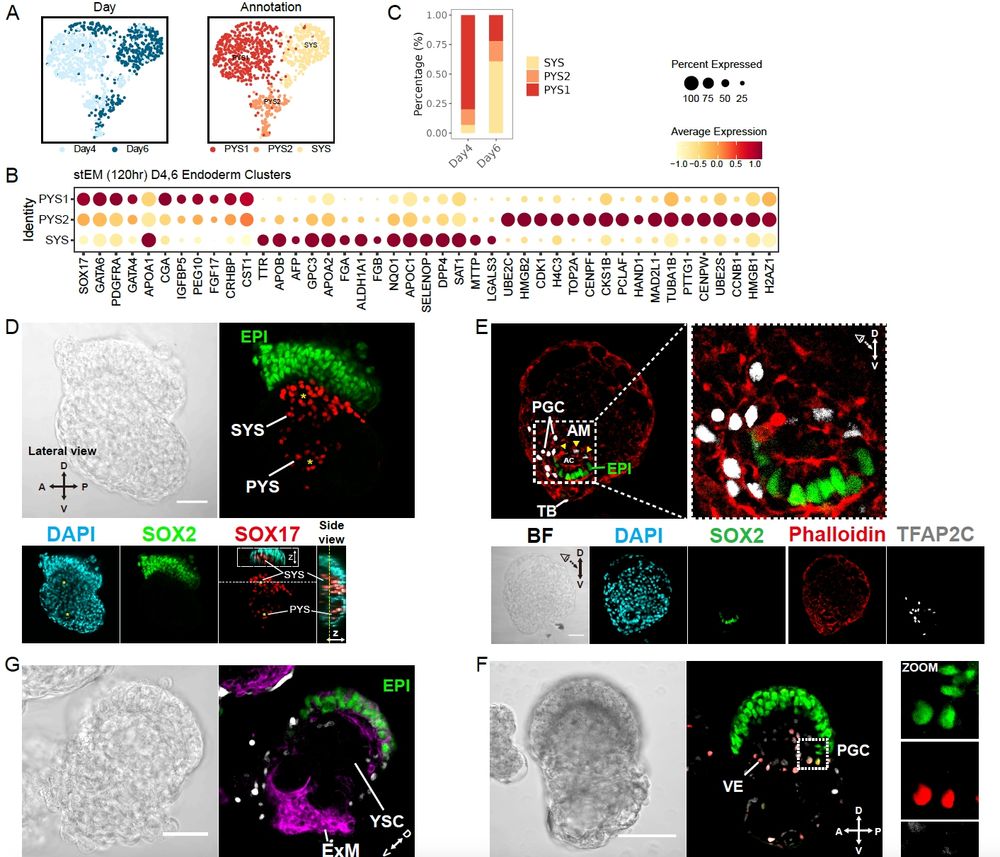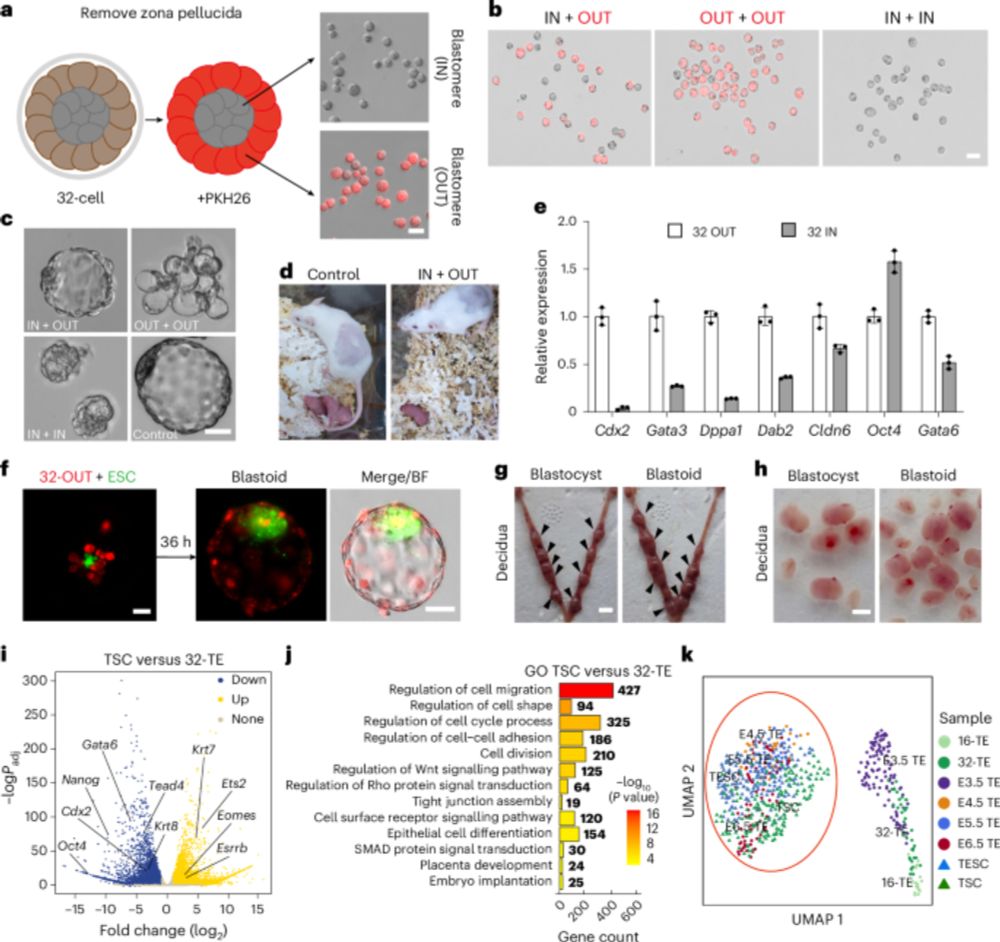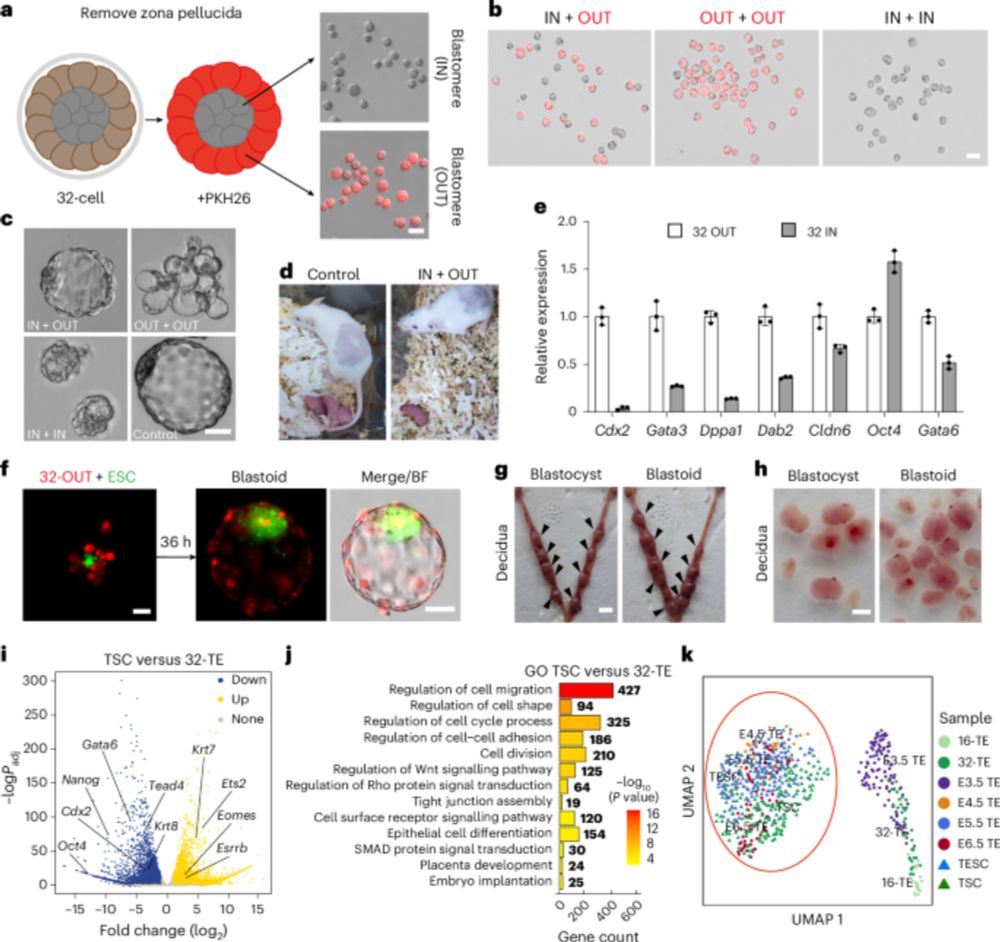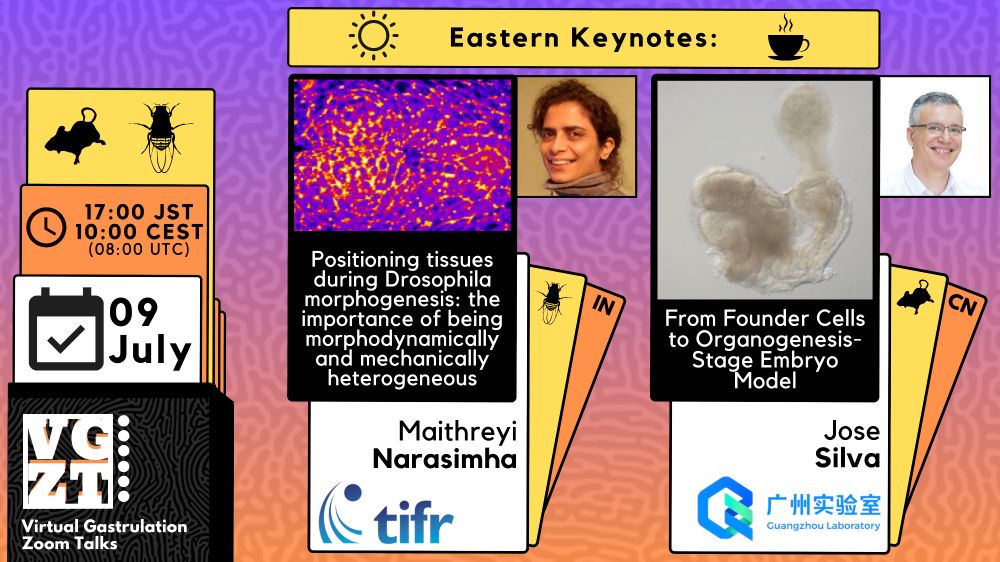José Silva & Lab
@josesilvalab.bsky.social
880 followers
830 following
24 posts
Reprogramming cells for fun and to create embryo models in the tropical Greater Bay Area
https://www.jose-silva-lab.com/ 🇵🇹🇨🇳🇬🇧
Guangzhou/Cantāo 🌴☀️, China中国
Posts
Media
Videos
Starter Packs
Reposted by José Silva & Lab
Reposted by José Silva & Lab

















